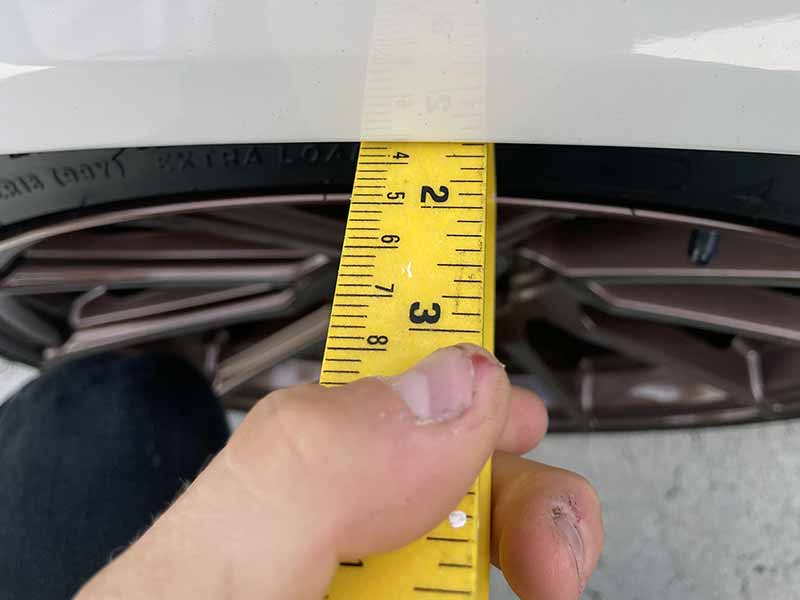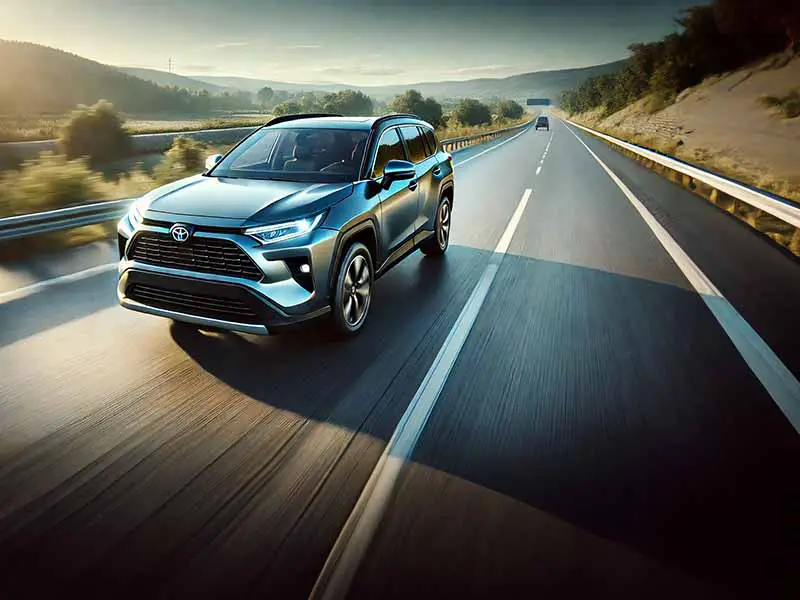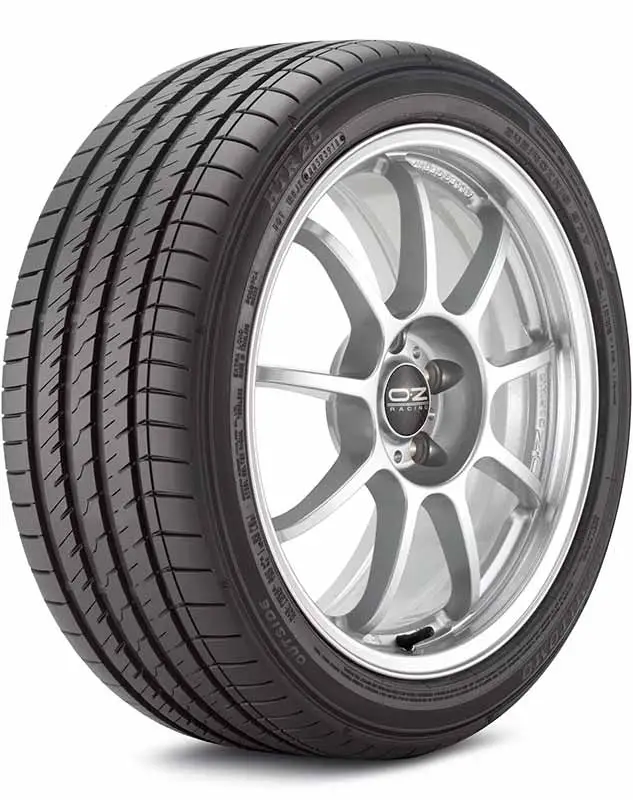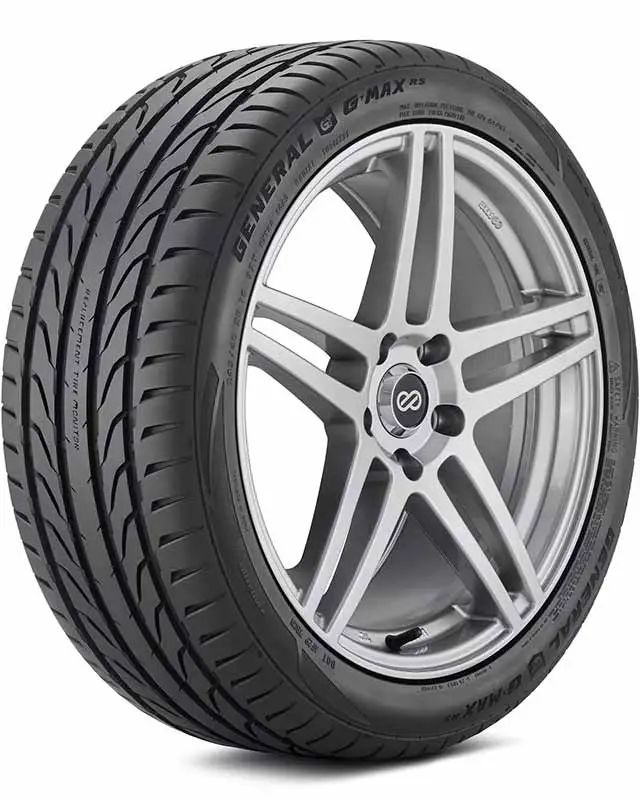We all want our rides to look stunning and perform flawlessly. Offset affects more than just looks. It also affects handling and performance.
This comprehensive guide will break down wheel offset, fitment types, and all the tips and tricks you need to create the ultimate setup for your car or truck.
What Wheel Offset Do I Need?
To find the right wheel offset for your vehicle, check your owner’s manual, consider your driving needs and style, and balance form and function while keeping in mind the potential downsides of deviating too far from the factory-recommended offset.
In this article, we explore the ins and outs of wheel offset, uncovering its impact on your car’s appearance, handling, and performance, as well as guiding you through the process of finding, measuring, and selecting the perfect offset for your vehicle.
Let’s take a closer look.
Wheel Offset Explained
Wheel offset is the distance between the centerline of your wheel and the mounting surface that attaches to your car’s hub. Think of it like this: the centerline of the wheel is an imaginary line that runs straight down the middle, and the mounting surface is the flat part that gets bolted onto your car. Wheel offset is super important because it helps determine how your wheels sit in relation to the car’s body, affecting both how your car looks and how it handles.
Now, you might be wondering why wheel offset even matters. Well, it plays a big role in your car’s overall stability and performance. If your wheel offset is just right, your car will have a balanced feel, making it easy to steer and more predictable on the road. On the other hand, if the wheel offset is off, it can mess with your car’s handling and even put extra stress on the suspension components. Trust me, you don’t want that!
Another thing to remember is that wheel offset can also change the way your car looks. For example, if you have a smaller wheel offset, your wheels might stick out more from the body of the car, giving it a more aggressive appearance. On the flip side, a larger wheel offset can make your wheels look tucked into the car, which can be great for some cars, but not so much for others.
Positive Offset Vs Negative Offset
Positive offset is when the mounting surface of the wheel is closer to the outside, or the side facing away from the car. This means the wheel will sit more tucked in towards the car’s body. Positive offset is pretty common, especially in modern passenger cars and trucks, because it often provides a good balance of handling, looks, and space for brake components.
Negative offset is when the mounting surface is closer to the inside, or the side facing the car. In this case, the wheel will stick out more from the car’s body. You might see negative offset on off-road vehicles, lifted trucks, or hot rods, where the wider stance can provide better stability and a cool, aggressive look.
Now, let’s talk about the pros and cons of each type of offset. Positive offset can be great because it usually gives your car a cleaner, more “factory” look, and it can help maintain the original steering geometry for better handling. However, if you have a really high positive offset, it might cause clearance issues with the brake components or even the suspension.
As for negative offset, one major advantage is that it can provide a wider track for improved stability, especially when you’re off-roading or cornering at high speeds. Plus, let’s be honest, it can look pretty good. But, there’s a catch: too much negative offset can put extra stress on your suspension and steering components, which can lead to premature wear and tear. It can also increase the risk of your tires rubbing against the fenders when you’re making turns or going over bumps.
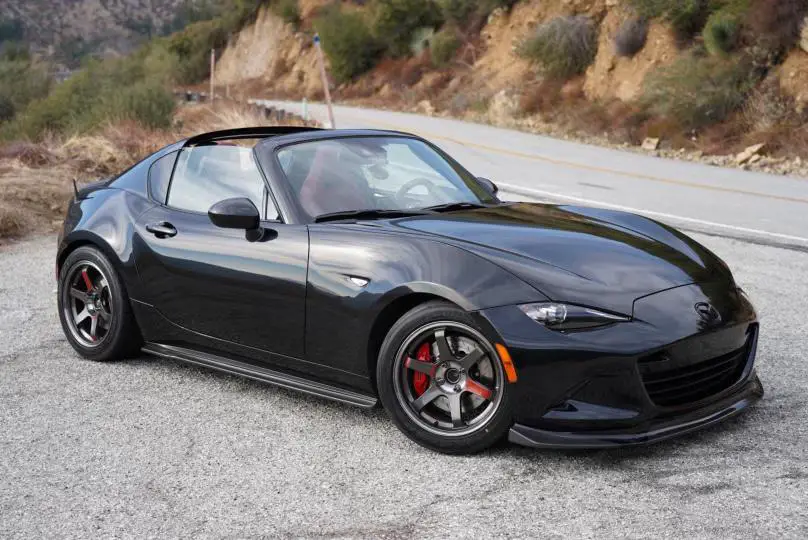
Types Of Wheel Fitment
There are three main categories of fitment: flush, poke, and tucked. Each one has a unique look and can affect your car’s handling and performance differently. Let’s break down each type, so you can figure out which one is best for your ride!
Flush Fitment
Flush fitment is when the outer edge of the wheel lines up perfectly with the fender. This type of fitment is super popular because it gives your car a clean, custom look without being too extreme. Flush fitment is typically achieved by finding the right balance between the wheel width, offset, and tire size. It’s like solving a little puzzle, but once you get it right, your car will look absolutely amazing!
Poke Fitment
Next up is poke fitment. With poke fitment, the wheels extend past the fender, giving your car a more aggressive appearance. You might see this style on lifted trucks or off-road vehicles, where a wider track can help improve stability and traction. To achieve poke fitment, you’ll generally need wheels with a lower offset or wider width. Just be cautious, though: too much poke can lead to added stress on your suspension and steering components, and it might cause your tires to rub against the fenders when turning or going over bumps.
Tucked Fitment
Lastly, we have tucked fitment. In this case, the wheels sit further inside the fender, creating a more subtle look. Tucked fitment can be seen on some classic cars, where the tucked wheels complement the car’s overall design. To achieve tucked fitment, you’ll need wheels with a higher offset. However, be careful not to go overboard with the tucked style, as it can create clearance issues with your brakes or suspension.
When choosing the right wheel fitment for your car, consider factors like your vehicle type, your driving style, and your desired appearance. Always remember that fitment should not only look good but also be functional and safe for your specific car. Don’t be afraid to ask for advice from professionals or other car enthusiasts, and make sure to test fit your wheels before making any final decisions. After all, you want your ride to look awesome and perform at its best!
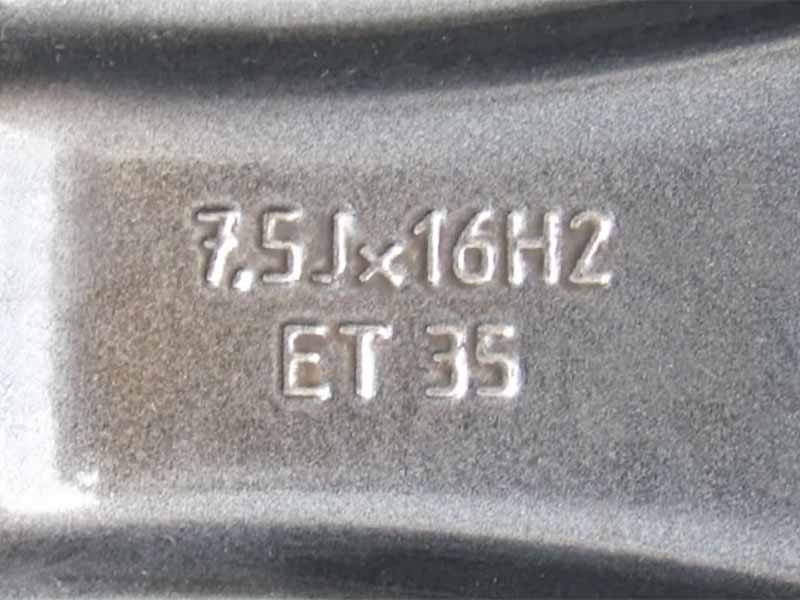
How To Find Wheel Offset
Here are some handy tips to help you figure out the offset of your current wheels or the ones you’re planning to buy.
Vehicle’s Owner Manual
The first place you should check is your car’s owner manual. It’s like a treasure trove of useful information, including the recommended wheel offset for your specific vehicle. If you can’t find the info in the manual, don’t panic! There are other ways to find your wheel offset.
Find The Measurement On The Wheels
Usually you can find the offset marked right on the wheel itself! Look for a number followed by “ET” or “mm” (e.g., ET35 or 35mm). This number represents the wheel offset in millimeters. Just keep in mind that these markings can be a bit tricky to find, so you might need to search carefully, especially if the wheels are a little dirty.
Contact The Manufacturer
You can always reach out to the wheel manufacturer. They should be able to provide you with the offset info based on the wheel’s model number or other identifying information. Many manufacturers even have customer service lines or online chat options, making it super easy to get the info you need.
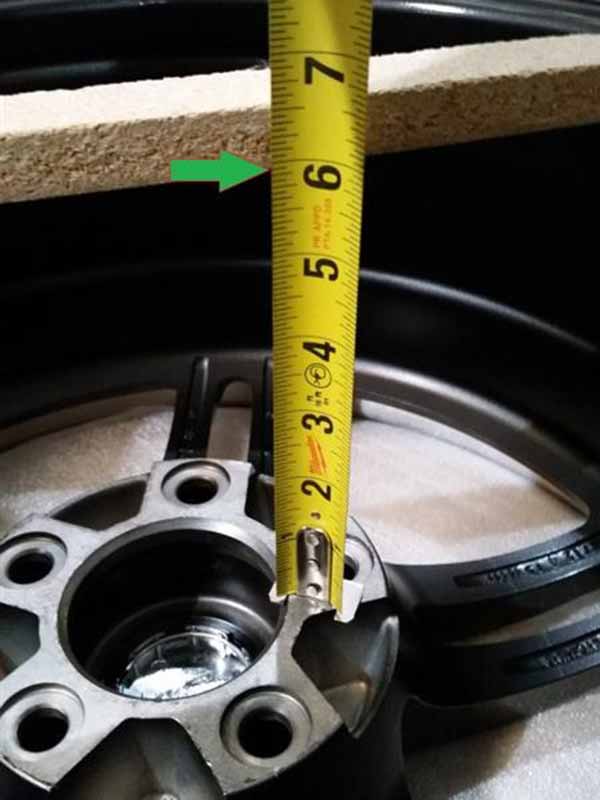
How To Measure Wheel Offset
You don’t need you rely on finding the wheel offset when you can measure it yourself. Just follow these simple steps:
Tools Needed
First things first, you’ll need a few tools to help you measure your wheel offset accurately:
- A straight edge or ruler
- A measuring tape
- A flat surface (like a table or workbench)
Steps To Measure Wheel Offset
- Remove the wheel: Start by safely removing the wheel from your car. Make sure to follow proper safety procedures and use a jack stand to support your vehicle.
- Place the wheel on a flat surface: Next, lay the wheel down on a flat surface, with the mounting surface facing up. This is the side that gets bolted to your car’s hub.
- Measure the distance to the centerline: Use your straight edge or ruler to find the centerline of the wheel. The centerline is an imaginary line that runs straight down the middle of the wheel. You can find it by measuring the overall width of the wheel and dividing that number by two.
- Measure the distance to the mounting surface: Now, use your measuring tape to measure the distance from the flat surface (table or workbench) to the mounting surface of the wheel. This is the part that comes into contact with your car’s hub when the wheel is bolted on.
Calculating Offset
To calculate your wheel offset, simply subtract the distance to the centerline (Step 3) from the distance to the mounting surface (Step 4). The result will be your wheel offset in millimeters. Keep in mind that a positive offset means the mounting surface is closer to the outer edge of the wheel, while a negative offset means the mounting surface is closer to the inner edge.
Wheel Offset Calculator
Wheel Offset Comparison Tool
How Much Offset Is Too Much?
Alright, so you’ve learned about wheel offset, types of fitment, and even how to measure it. Now you might be wondering, “How much offset is too much?” Well, let’s dive into that topic and help you find the sweet spot for your ride.
Stick To Your Vehicle’s Current Offset
As a general rule of thumb, it’s best to stick with your vehicle’s current wheel offset, which you can usually find in the owner’s manual. This is because the manufacturer has already taken into account factors like handling, suspension geometry, and brake clearance when determining the optimal wheel offset for your specific car or truck.
Consider Your Driving Needs And Style
If you’re thinking about deviating from the factory-recommended offset, keep in mind how your driving needs and style might be affected. For example, if you plan on off-roading or doing some spirited driving on twisty roads, you might want a wider track for better stability. This could mean choosing wheels with a lower offset. On the other hand, if you’re all about the looks and want a flush or tucked fitment, you’ll need to carefully balance wheel width, offset, and tire size to achieve your desired appearance.
Be Aware Of Potential Downsides
As you explore different offset options, it’s essential to be aware of potential downsides. Going too far in either direction (positive or negative) can cause issues like:
- Increased stress on suspension and steering components
- Tires rubbing against fenders or suspension parts
- Reduced handling and performance
- Brake clearance problems
Test Fit Before Making A Decision
When considering a different wheel offset, it’s always a good idea to test fit the wheels on your vehicle before committing. This will help you spot any potential issues, like rubbing or clearance problems, before you hit the road.
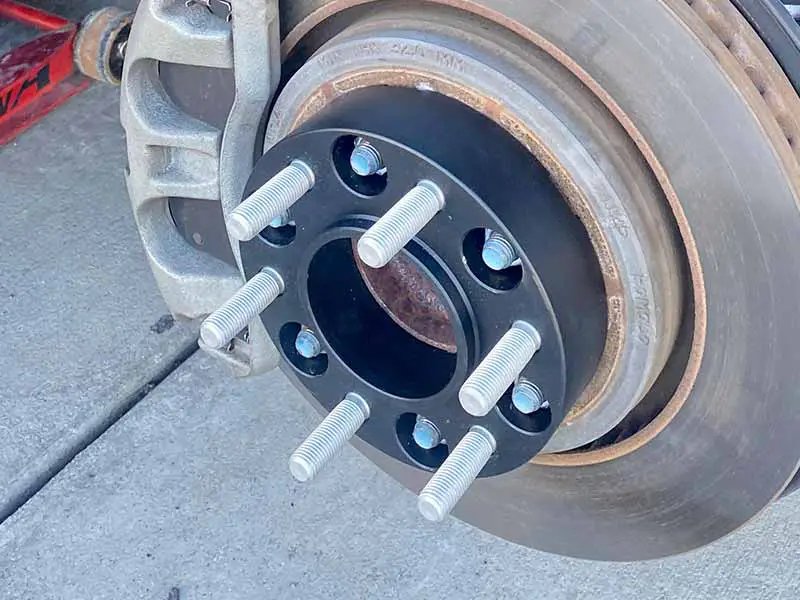
Wheel Spacers and Offset: Pros and Cons
You may have heard of wheel spacers, which are used to increase the track width of your car without changing the wheels themselves. In essence, wheel spacers can alter the effective wheel offset. But is it a good idea to use them? Let’s discuss the pros and cons to help you make an informed decision.
Pros Of Using Wheel Spacers
- Improved appearance: Wheel spacers can help achieve a more aggressive or flush look by pushing your wheels further out. This can give your car a sportier or more custom appearance.
- Enhanced handling: By widening the track width, wheel spacers can improve your vehicle’s handling and stability. This can be beneficial for performance driving or off-roading.
- Increased brake clearance: If you have upgraded your brakes with larger calipers or rotors, wheel spacers can provide the extra clearance needed to accommodate those upgrades.
Cons Of Using Wheel Spacers
- Added stress on suspension and wheel bearings: Using wheel spacers can put more stress on your car’s suspension and wheel bearings, potentially shortening their lifespan or leading to premature wear.
- Possible fender rubbing: Depending on the size of the spacers and your vehicle’s fender clearance, wheel spacers can cause your tires to rub against the fenders, especially during hard cornering or going over bumps.
- Legal issues: In some areas, using wheel spacers may not be street legal, so always check local regulations before installing them.
Making The Right Choice
When considering wheel spacers, think about your reasons for wanting them, the potential benefits, and the possible drawbacks. If you’re looking for a purely cosmetic change or a slight performance improvement, wheel spacers might be a good option. However, if you’re experiencing issues with your current wheel setup or looking for a significant performance upgrade, it might be better to invest in new wheels with the proper offset and width for your specific needs.
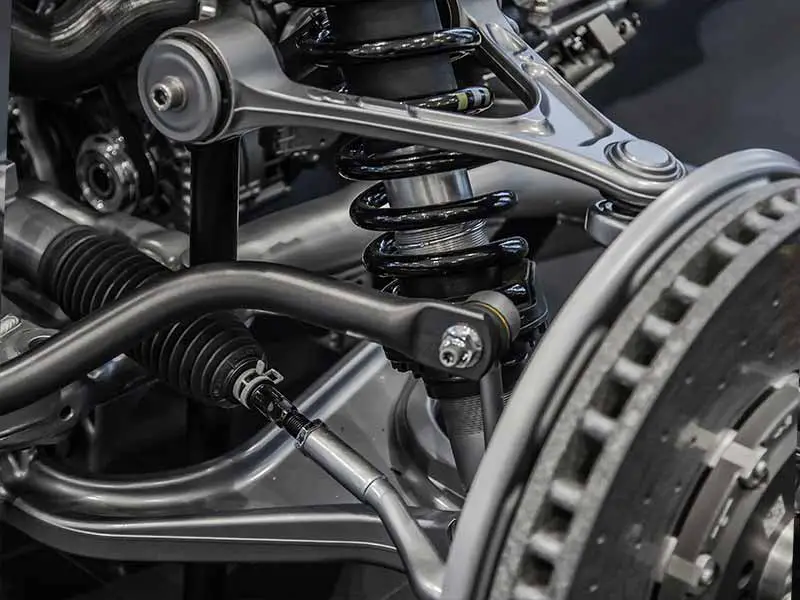
Tips For Choosing The Right Offset For Your Ride
Now that you’re a wheel offset pro, it’s time to make the best decision for your car or truck. Here are some tips to help you choose the perfect offset and create the ultimate setup for your ride.
Research Your Vehicle’s Specifications
Start by doing your homework and gathering all the necessary information about your specific car or truck. This includes checking the owner’s manual, consulting the wheel manufacturer, and searching for online forums dedicated to your vehicle make and model. Knowledge is power, so the more you know about your car, the better equipped you’ll be to make the right offset choice.
Understand Your Goals
Before choosing an offset, think about your goals for your vehicle. Are you looking for a purely cosmetic change? Improved handling? More aggressive fitment? Identifying your priorities will help you narrow down your options and select the best offset for your needs.
Balance Form And Function
When selecting a wheel offset, it’s crucial to balance aesthetics and performance. A car that looks great but handles poorly is not the ideal outcome, and neither is a car with fantastic handling but a less-than-stellar appearance. Consider both form and function when making your decision, and remember that compromise may be necessary to find the perfect balance.
Consult A Professional
If you’re unsure about what offset to choose or how it will affect your vehicle, consult a professional. They can provide expert guidance and advice based on your specific car or truck, helping you make the best decision for your ride.
Test Fit Before You Buy
Whether you’re opting for new wheels or wheel spacers, always test fit before making a purchase. This will help you avoid any surprises down the road, like rubbing or clearance issues, and ensure that you’re investing in the perfect setup for your car.
Resources
Below are some links you may find helpful when learning about tires
- Understanding wheel offset and backspacing – Discount Tire
- Understanding wheel fitment, offset, and proper sizing – Motor Trend
Final Thoughts
Finding the right wheel offset is all about balancing looks, handling, and safety. Like we said in the beginning, it’s super important to get this right.
To wrap things up, here’s a wise piece of advice from an experienced car enthusiast: “It’s not just about how your ride looks; it’s about how it feels on the road, too.” So, go out there, find that perfect wheel offset, and enjoy the sweet harmony of your vehicle’s appearance and performance.
Good luck and happy motoring.
